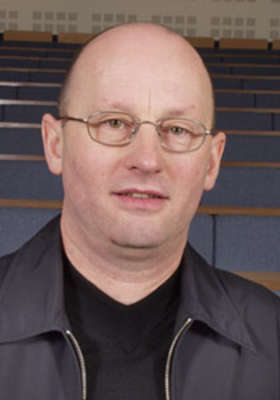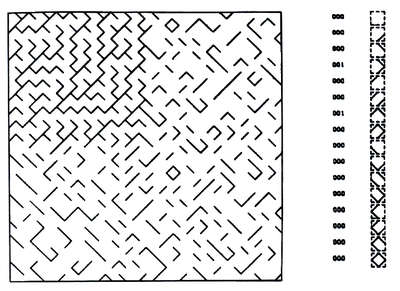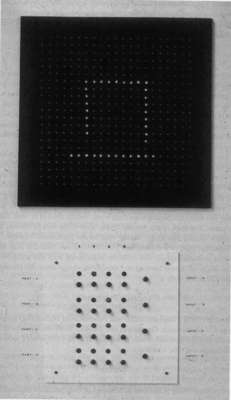Stephen A.R. Scrivener has researched the development and use of computer aided design systems. Since the early nineteen-nineties his research has focussed on the requirements of computer systems to support design teams separated by distance. Allied to this general interest in mediated design, Stephen is exploring the relationship between sketching and cognition.
He practised computer-based art from 1972 to 1981 when he was based at School of Art, Leicester Polytechnic and at the Slade School of Art, London while working on a diploma, a higher diploma in Fine Art, and a PhD (1974) in computing and computer research. His computer programmed works sought to establish conceptual models exhibiting characteristics similar to natural systems.
He started of as a representational painter producing work in the style of Bridget Riley, Frank Stella, Sol Le Witt but moved away from it during his time at Leicester Polytechnic (now De Montfort University) after taking an experimental art course which led to exploring and manipulating of different natural phenomena for the image-making purposes.
In 1971 he attended the ‘Creativity in a Machine Environment’ symposium and heard the speakers Stroud Cornock, Edward Ihnatowicz, Stephen Williats, and George Mallen. The following year in 1972, he joined the the newly created Experimental Department, at the Slade School of fine Art, London and learned how to program in the FORTRAN IV computer language and design programs that modeled homeostatic, self-regulating systems, using ideas set out in two books by W. Ross Ashby. These programs modeled systems that when disturbed returned to a stable state, like the surface of a pond after a pebble has been thrown into. The programs output drawings that visaulized the behaviour of these systems.




